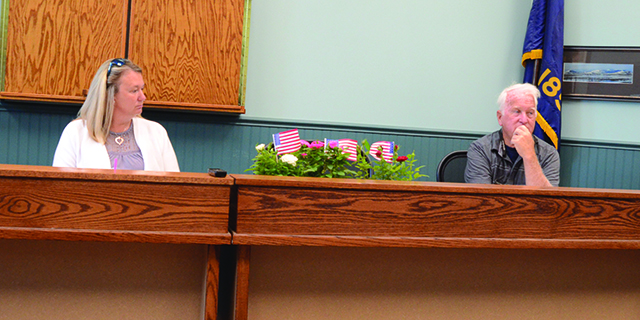Bah, the fires are back
Published 1:02 pm Tuesday, June 16, 2015
Don’t look now, but fire season’s arriving, however much too early this may seem.
Our local area this week received a grim reminder of what’s in store for us again this summer in terms of burning public lands. On Monday morning, June 15, nearly a full week before the summer solstice, fire was spotted on Little Basin Creek in the Hells Canyon National Recreation Area. By the time the Wallowa-Whitman National Forest issued its first public statement on the blaze Monday afternoon, it was already reported at more than 100 acres, burning in grass, and by Tuesday morning the acreage total had reached 500.
Trending
The U.S. Forest Service and Oregon Department of Forestry were deploying an assortment of resources in response, including two helicopters and an air tanker, but Monday’s press release also noted that it was early days yet in the 2015 fire season and “not all firefighting resources are in active duty status.”
If we’re truly fortunate, the Little Basin Fire will eventually be noted as an aberrant blip preceding the onset of the summer’s heavy burning by many days, but we should also realize that, from here on, we’re largely at the mercy of the elements — namely, the occurrence or absence of lightning strikes — and the same recent heavy spring rains that have modestly improved our irrigation outlook have also juiced the growth of grass.
“That grass will eventually dry out and it is a fuel type that really helps spread fires,” said Brian Goff, fire management officer for the Umatilla National Forest, during a pre-season conference call last week with area media, hosted by both the Wallowa-Whitman and Umatilla national forests and joined by the Oregon Department of Forestry.
Officials say an average fire season in the Northeast Oregon/Southeast Washington zone served by the La Grande-based Blue Mountain Interagency Dispatch Center (BMIDC) sees 301 actual fires (as differentiated from mere “smoke chases”) and last year’s tally stood at 365. Most fires occur sometime between mid-July and late August and the majority are lightning-caused.
We can take some comfort in learning same-day containment is achieved for fully 97 percent of reported blazes, using primarily local resources for these Type 4- and Type 5-classified fires, and, if initial attack isn’t so successful, extensive regional resources are usually available, including aircraft based at La Grande and Walla Walla.
About those aircraft: Bret Ruby, fire management officer for the Wallowa-Whitman National Forest, worries they may at times become abruptly grounded by private, drone-owning citizens who decide to fly their unmanned hobby craft above a fire. He mentions a YouTube-posted video someone captured from an unmanned aerial vehicle flying high above a fire last year near Bend. “It took quite a panorama of what this fire was doing,” Ruby said.
Trending
Anytime fire managers learn there’s a drone flitting about, Ruby says, their only recourse is to “shut down all aircraft use over the fire.” In explanation he adds, “A collision between one of our aircraft and one of these drones would be catastrophic.”
And we all know that UAVs’ popularity is only soaring.
Want to aid the firefighting cause? If you own a drone, you can start by not hindering efforts. If there’s a fire, keep your craft well away. If you have a UAV-owning friend, double-check that he or she understands the importance of this issue.
The rest of us will content ourselves with following the calendar and watching the skies, trying to finally imagine some way of warding off lightning for a good long period of days. –RCR









